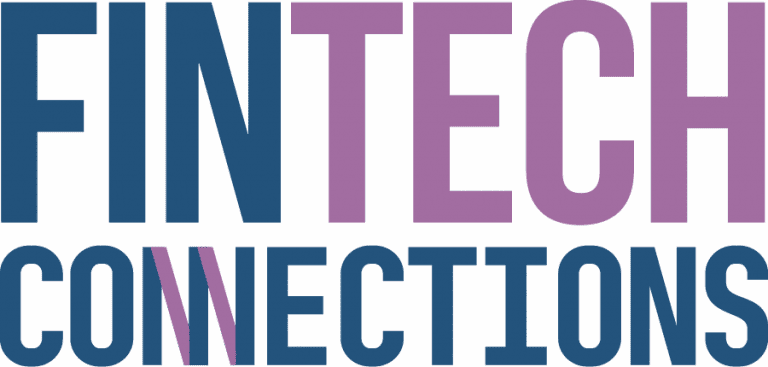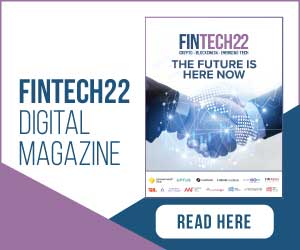Gaming can often point to the future of new technology before we have it in our everyday lives. It often drives innovation in computing through more powerful processors and memory, it can spur advancements in image resolution and even the creation of virtual, multi-player collaborative environments.
And so it is with the metaverse, an emerging hybrid virtual-physical world, which is driving gaming innovation and pointing to new realms for marketing and brands.
What is the metaverse?
The author, Neal Stephenson, in credited with coining the term metaverse which first appeared in his 1992 science fiction book Snow Crash. In that story, humans in the form of avatars interact with each other in a 3D world.
If we look to gaming to understand the metaverse and how it will change the way we relate to technology and each other in ways imagined and unimagined today, there is one standout example right now. The popular gaming platform, Fortnite, is reportedly developing a shared, gaming world where players and brands interact in the same physical-adjacent virtual space. Partnering for the post-advertising world
Partnering for the post-advertising world
More from Impact.com
The term ‘meta’ means ‘beyond’ and so the metaverse is the extension of the universe of physical and virtual reality. The metaverse is that collective, shared virtual space that is created when the physical realm converges with the virtual realm, which includes virtual reality, augmented reality and the internet.
For an easy shorthand to understand the metaverse think of Steven Spielberg’s 2018 film, Ready Player One, in which a young gamer hides the keys to his real-world fortune for another player to discover after his death. In the metaverse we can link the physical world with a digital copy of the physical world in an enhanced virtual world.
Why 5G matters
Why are we hearing about the metaverse in 2021? It’s not just because Fortnite is looking to be an early adopter in the metaverse. One of the basic components of the metaverse is 5G and as the network is rolled out to more users, applications that can connect the physical and the virtual start to become viable.READ MOREWhat the 5G revolution will do to mobile marketing
Speaking at the year’s CES event, Verizon CEO, Hans Vestberg, said 5G really is a big deal and will change and promote many new consumer applications because of its significantly faster speeds and data capacity. Vestberg’s list included digital museums and galleries with augmented reality (AR) experiences for artefacts, drone deliveries, live events that offer livestreams letting users choose from multiple camera angles to name just a few.
RLab emerging tech executive, Adaora Udoji, a centre for research, education and entrepreneurship in AR and VR in the US, has said that the metaverse will be a digital infrastructure much like the internet, requiring different types of software, enterprising developers and a huge pool of users to beta-test it. It might be one body or it might be many individual metaverses, or many metaverses connected.
Udoji has said that growing access to 5G will support the ongoing development of the metaverse by providing the speed and power that make it possible for digital worlds to function. Mobile hardware companies are developing 5G-ready devices capable of running software beyond that which we have now — devices that can support the metaverse.
What will we do with the metaverse?
READ MOREReport: Connectivity key for next decade in technology
So we have the metaverse, now what? While developers like Fortnite are working on ways to bring gaming into the metaverse, the possibilities extend well beyond this.
Early applications have brought AR innovation to try on clothes, model furniture or paint colours in your home and experiment with makeup are done virtually. Yet the metaverse is more than just enhanced reality. Retail will exists in its own virtual world and extend to purchases of virtual items that will have their own value in virtual economies. Avatars will have their own virtual wardrobes with digital-only clothing and virtual businesses will exist as their own entities in the metaverse.
Entertainment in the metaverse will include gaming but it will extend to other platforms too. Virtual films in metaverse world cinemas with digital-only effects or add-ons are a possibility. Concerts, sports are likely to all have their own expression in the metaverse as performer and sports people avatars compete and perform for virtual audiences. Metaverse travel can be enhanced and entirely virtual experiences to this realm.
What does the metaverse mean for marketers?
READ MOREPrivacy and security the focus on Safer Internet Day 2021
Where there is people, there will be advertising. But marketers hoping to simply transfer real-world insights and personas into the metaverse will probably have to think again.
There’s no guarantee people will act in the metaverse as they do in the physical world, and while the metaverse could give rise to an entirely new economy it will require an entirely new set of metrics, data and rules for finding and connecting with potential customers.
In-world products from sneakers and hats to metaverse ads on virtual billboards and other locations, virtual in-world marketing and other events, and there will be other sponsorship and branding opportunities. However, programmatic advertising will raise brand safety concerns, while subtle, sympathetic integrations will be paramount to avoid tone-deaf messaging and a critical mass of users is required to make any foray into metaverse engagement wortwhile.
Futurist, Cathy Hackl, has said that in the metaverse, people won’t simple be existing alone. They will have friendships and relationships with others who will affect their decisions and brands will need to continue adapting to relationship styles of play and interactions.
Source: CMO
















